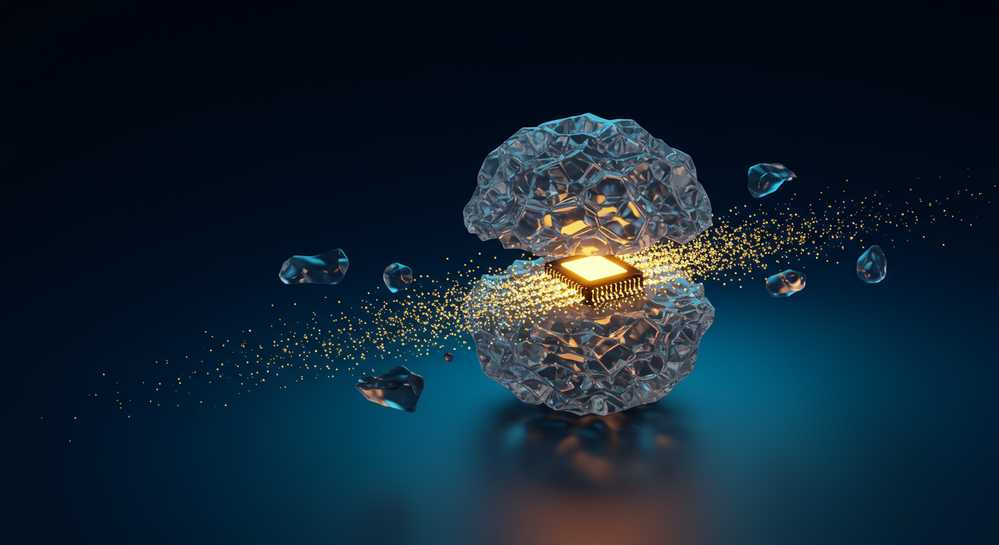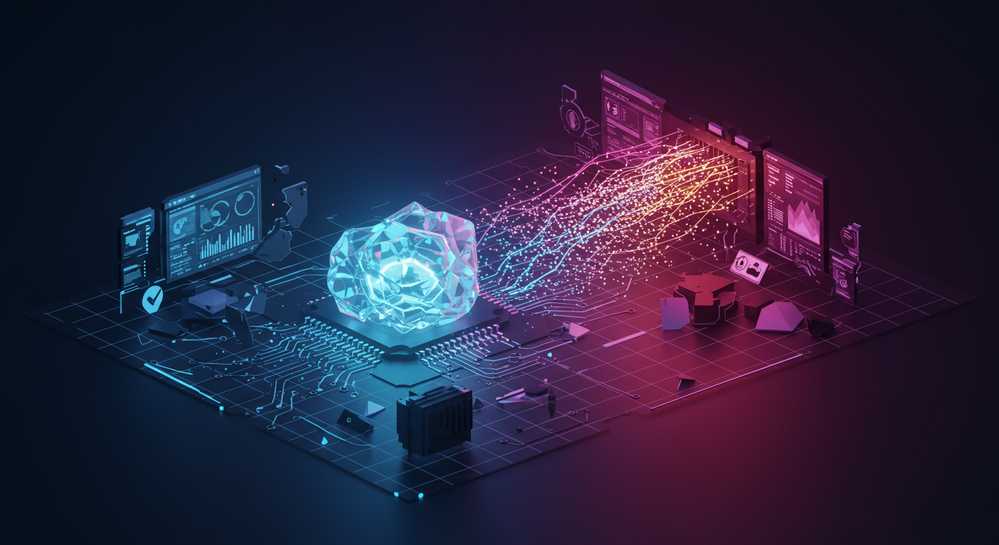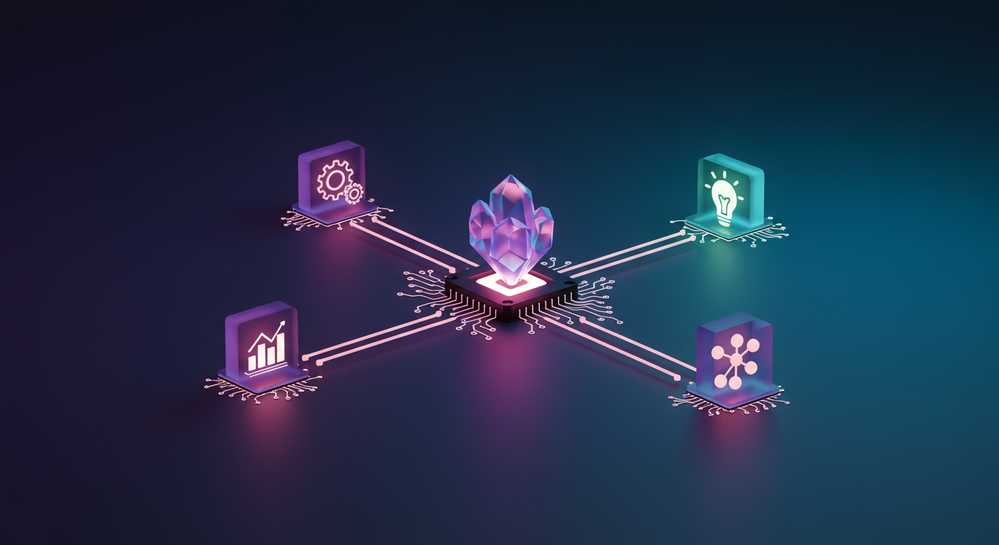The term gpt3 5 ai agent signifies a major evolution in artificial intelligence, moving beyond conversational bots to autonomous systems that can execute tasks. But what exactly does this concept entail, and how does it function in the real world? This article breaks down its architecture, core capabilities, and practical applications, providing a clear understanding of this transformative technology and its place in the automation landscape.
Contents
Understanding the core concept of a gpt3 5 ai agent

An AI agent is an autonomous entity designed to perceive its environment and take actions to achieve goals. A gpt3 5 ai agent specifically uses OpenAIs GPT-3.5 model as its core reasoning engine. This elevates it far beyond a simple chatbot. Instead of just responding to prompts, it operates in a continuous loop: assess, plan, act, and observe. It then refines its strategy based on the results until the objective is complete.
This powerful capability stems from two distinct but interconnected components working in synergy. One provides the intelligence, while the other enables action in the digital world.
- The Language Model: GPT-3.5 acts as the cognitive core or the brain. It processes complex information, understands human language, reasons through problems, and formulates strategic plans.
- The Agent Framework: This is the operational body that gives the model its hands and feet. It provides the tools, memory, and execution capabilities, connecting the LLMs intelligence to APIs and other software, creating systems like powerful AI trading bots.
Essentially, the GPT-3.5 model generates the thought process, and the agent framework translates those thoughts into tangible actions. This combination is what allows the agent to function autonomously and effectively.
How does a gpt3 5 ai agent work technically

A gpt3 5 ai agent operates not as a single program but as a dynamic system of interconnected parts. These components work together in a continuous loop of reasoning and action, allowing the agent to tackle complex tasks autonomously. While specific designs may differ, they all share a common foundational architecture that enables this powerful cycle of operation.
Key architectural components
- Reasoning Engine: The core of the agent is the GPT-3.5 model itself. It receives the primary goal, breaks it into manageable steps, and processes new information to decide on the next action.
- Memory: Effective agents require memory. This includes short-term memory for recent actions and long-term storage for critical information, preventing repeated errors and enabling learning over time.
- Tools and APIs: An agent’s ability to act depends on its tools. These are external applications it can access, like a web browser for research or a code interpreter for execution.
- Execution Loop: This is the operational cycle where the agent acts. It plans a step, executes it with a tool, observes the result, and feeds the outcome back to the reasoning engine. The popular ReAct framework embodies this Reason and Act process.
Practical applications and powerful use cases

The true power of a gpt3 5 ai agent lies in its ability to automate complex, multi-step tasks that once required human intervention. Its applications span various industries, streamlining workflows and unlocking new efficiencies. This capability represents a significant leap from simple automation to intelligent, autonomous operation, changing how we approach complex digital work.
- Automated Research and Reporting: An agent can research a topic, gather data from multiple online sources, summarize key findings, and compile a structured report without supervision.
- Personalized Customer Support: Instead of generic responses, an agent can access customer history, understand the context of an issue, and perform actions like processing a refund or updating an order.
- Code Generation and Debugging: A developer can assign a programming task. The agent can write the code, run it in a sandbox, analyze any errors, and iteratively debug the script until it works correctly.
- Social Media Management: An agent can create and schedule posts, monitor brand mentions, analyze engagement metrics, and respond to comments in a consistent brand voice.
These examples highlight the fundamental shift from conversational AI to truly autonomous, task-oriented AI systems.
Limitations and the future outlook for ai agents
A gpt3 5 ai agent offers impressive capabilities, but acknowledging its limitations is crucial for effective implementation. Compared to newer models like GPT-4, understanding these constraints helps set realistic expectations and ensures you choose the right tool for the job. This awareness is key to leveraging the technology successfully.
Challenges and considerations
- Reasoning Limitations: GPT-3.5 can make logical errors with highly complex reasoning compared to its successors, leading to inefficient or incorrect task execution.
- Context Window: Its limited context window means it may lose track of earlier details during very long and complex automated processes.
- The Hallucination Problem: The model can occasionally generate false information, a risk for critical tasks that operate without direct human supervision.
- Cost and Speed: While faster and cheaper than GPT-4, running a continuous loop can still incur significant API costs for multi-step tasks.
Despite these challenges, a gpt3 5 ai agent remains a formidable and cost-effective solution for many automation tasks. The outlook for AI agents is strong as technology continues to advance, promising even greater capabilities in the near future.
The gpt3 5 ai agent represents a significant step beyond simple language models, transforming them into active participants in digital workflows. By combining the reasoning of GPT-3.5 with tools and a capacity for action, these agents can automate tasks with unprecedented autonomy. For anyone looking to leverage cutting-edge automation, exploring solutions from providers like Best Dex Sniper Bots is a logical next step to harness this powerful technology for practical results.